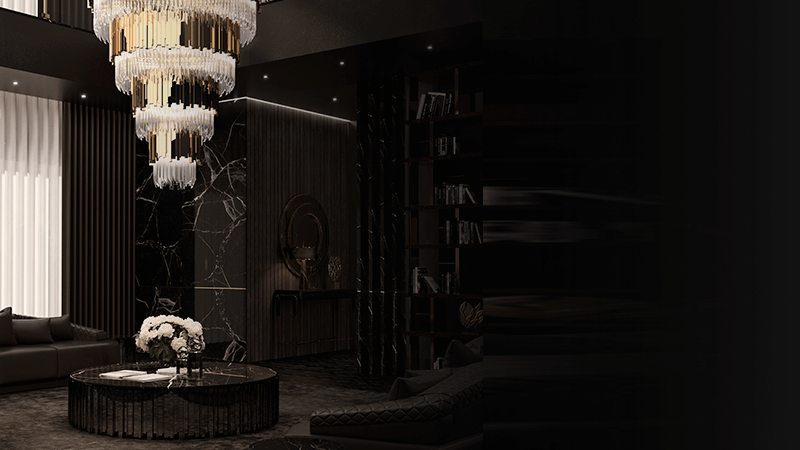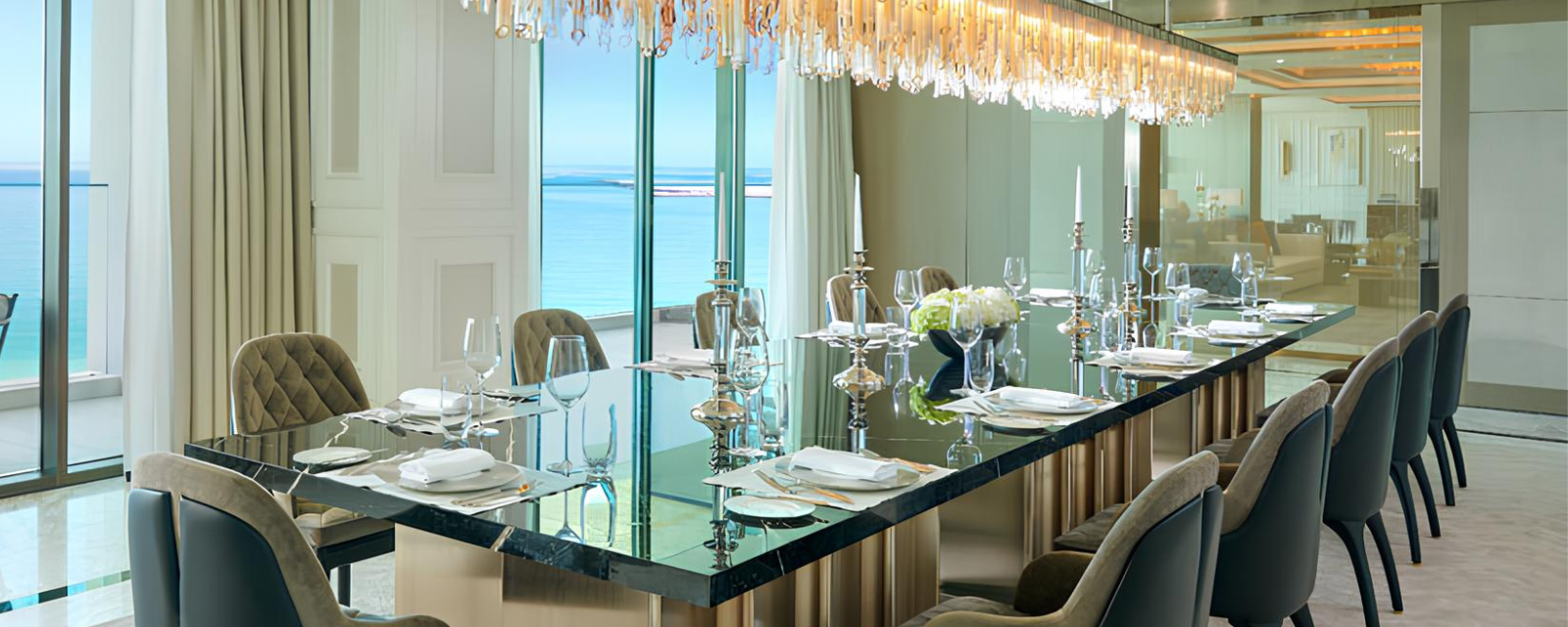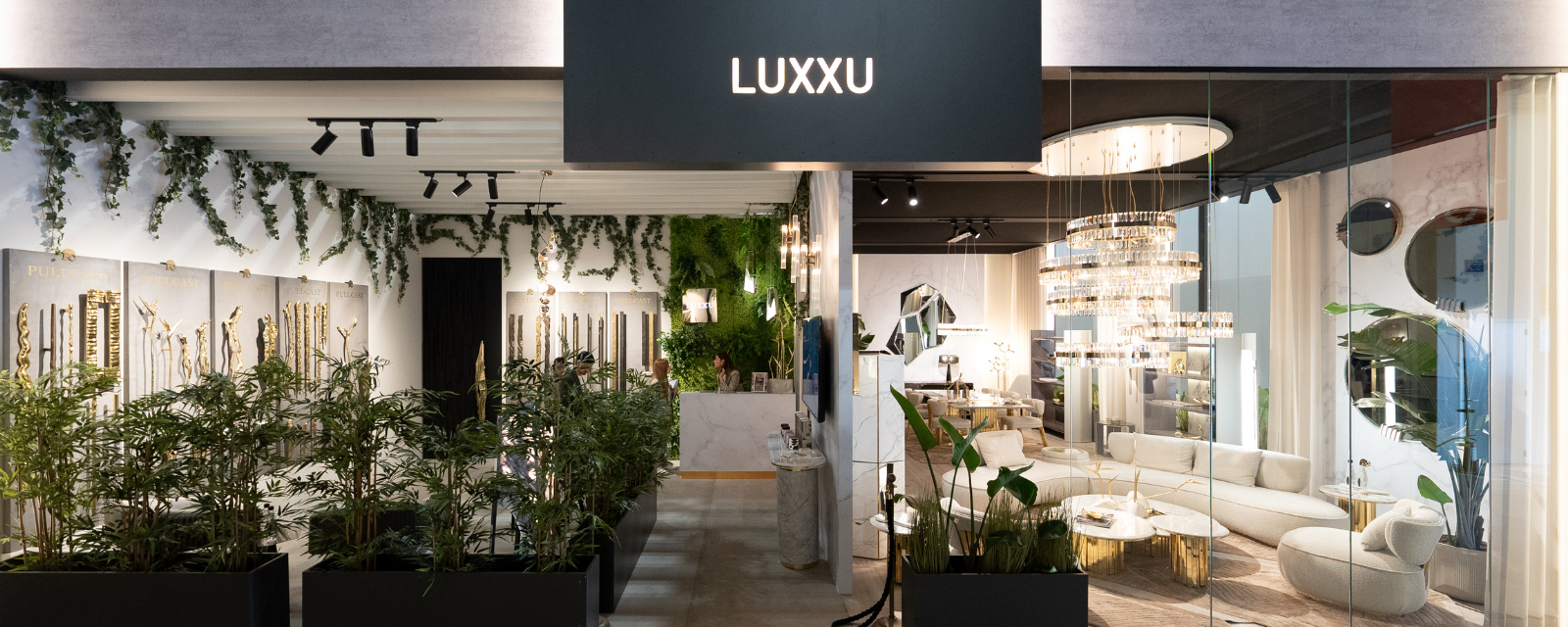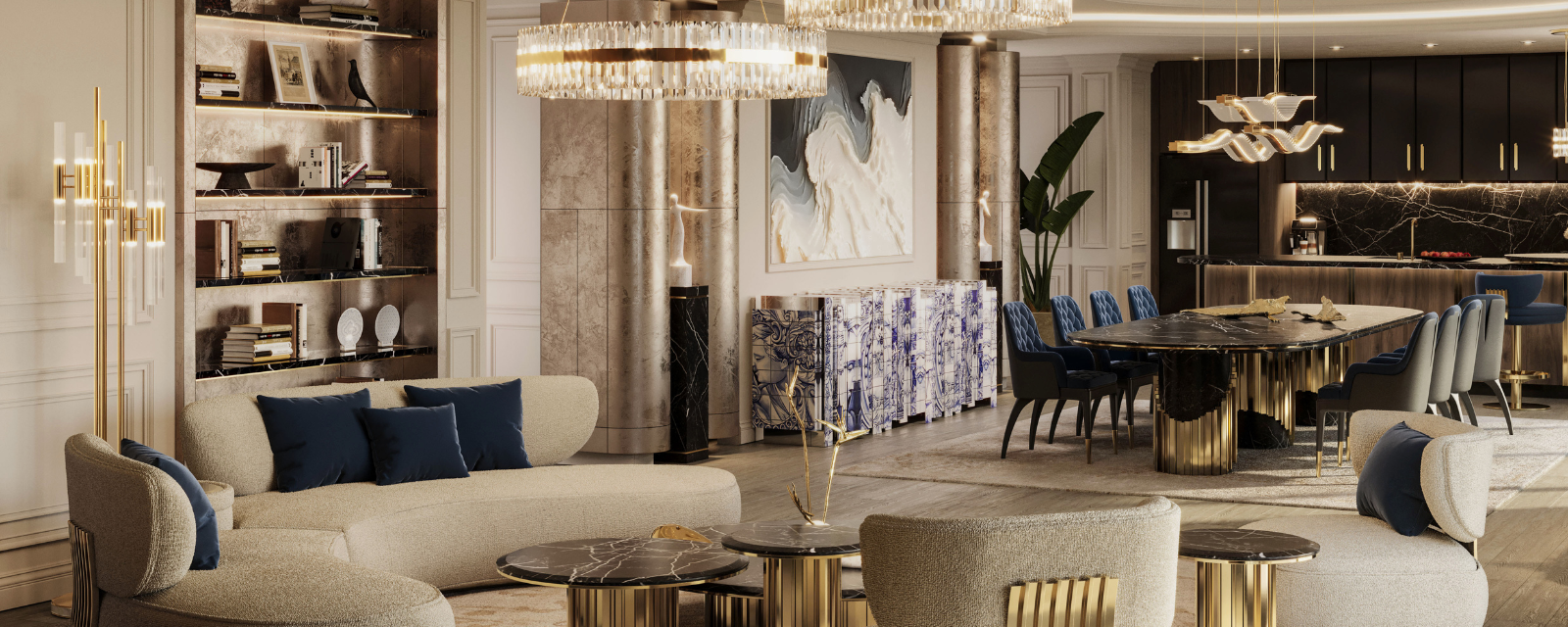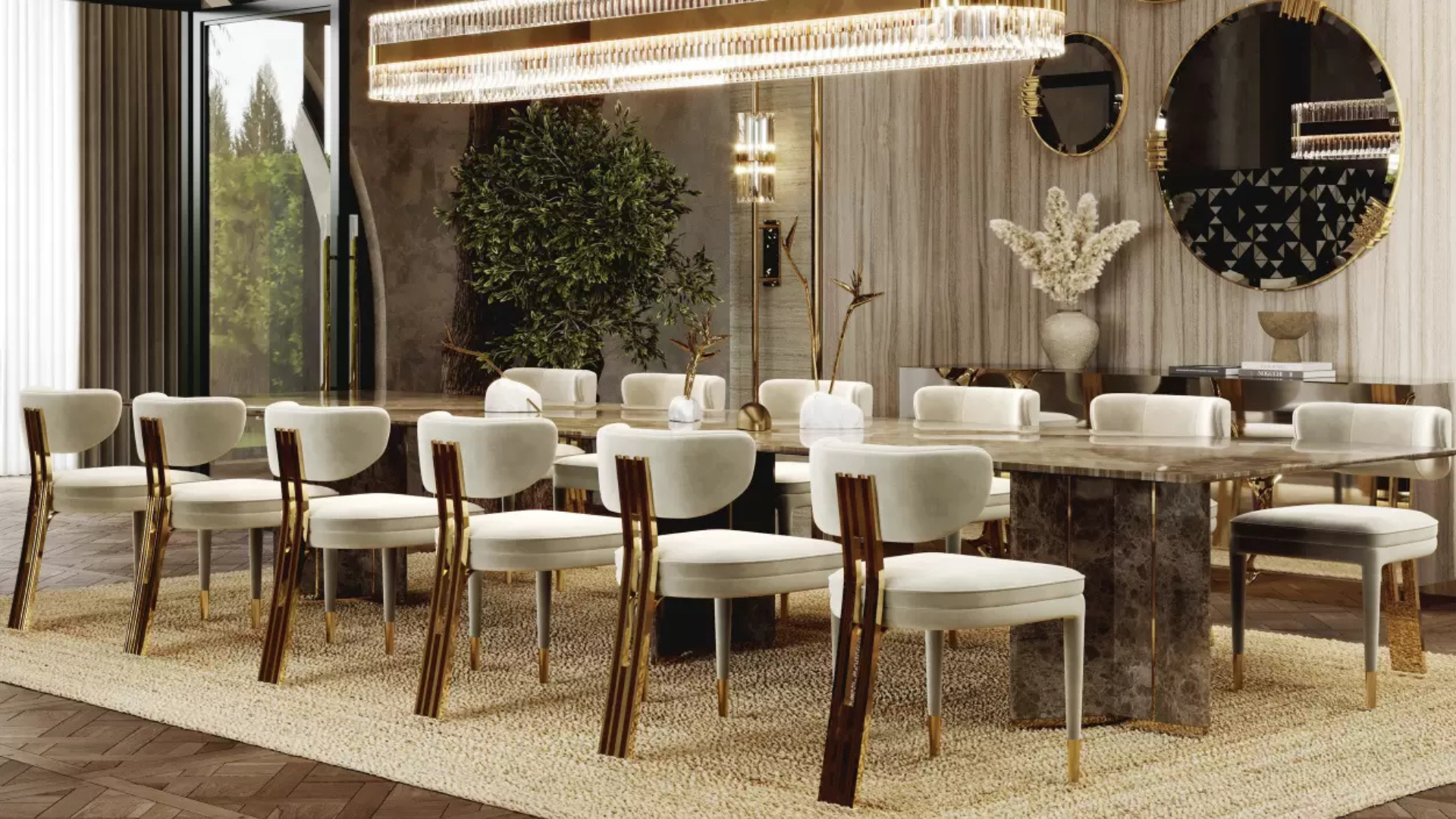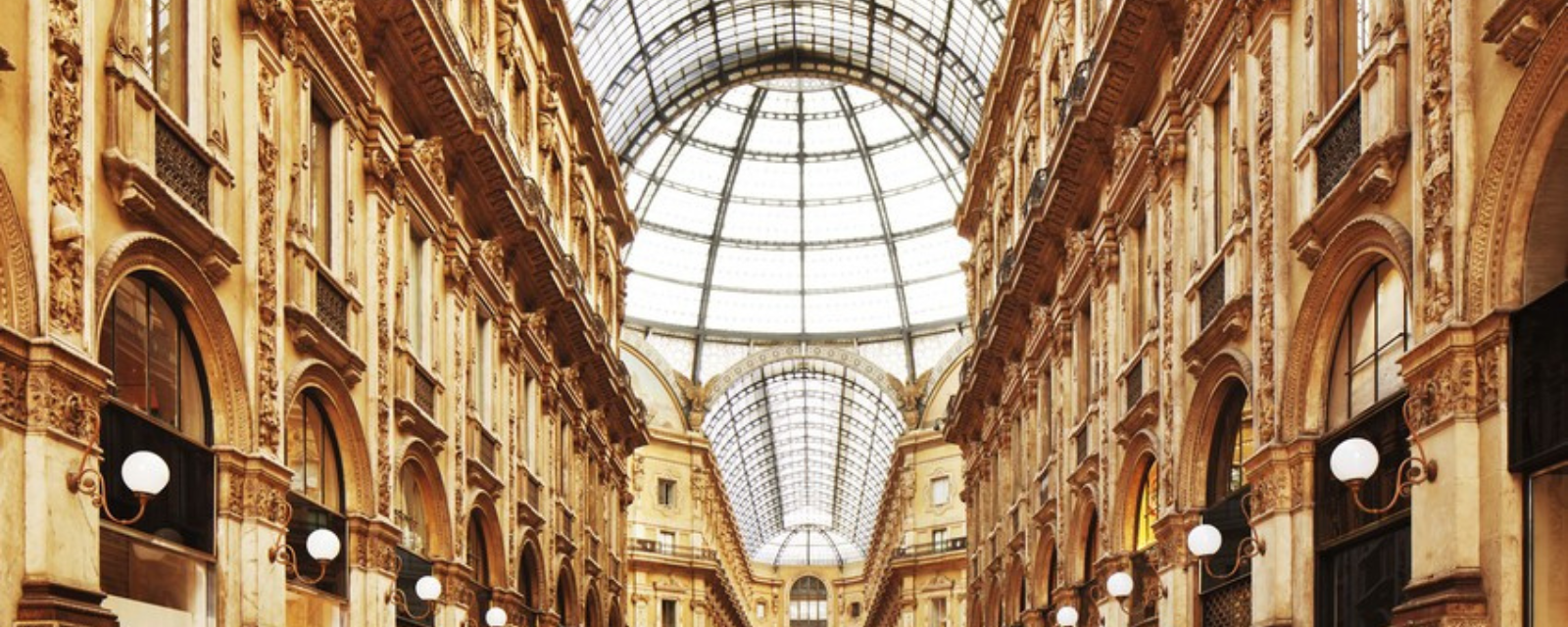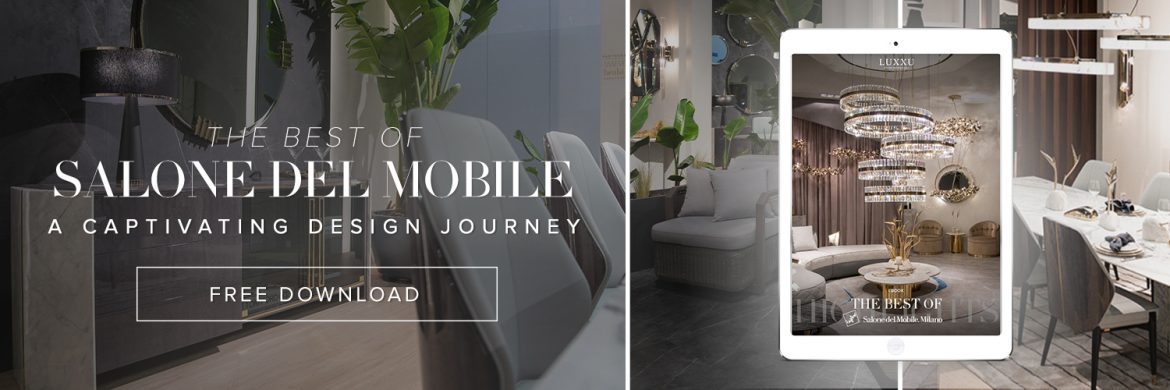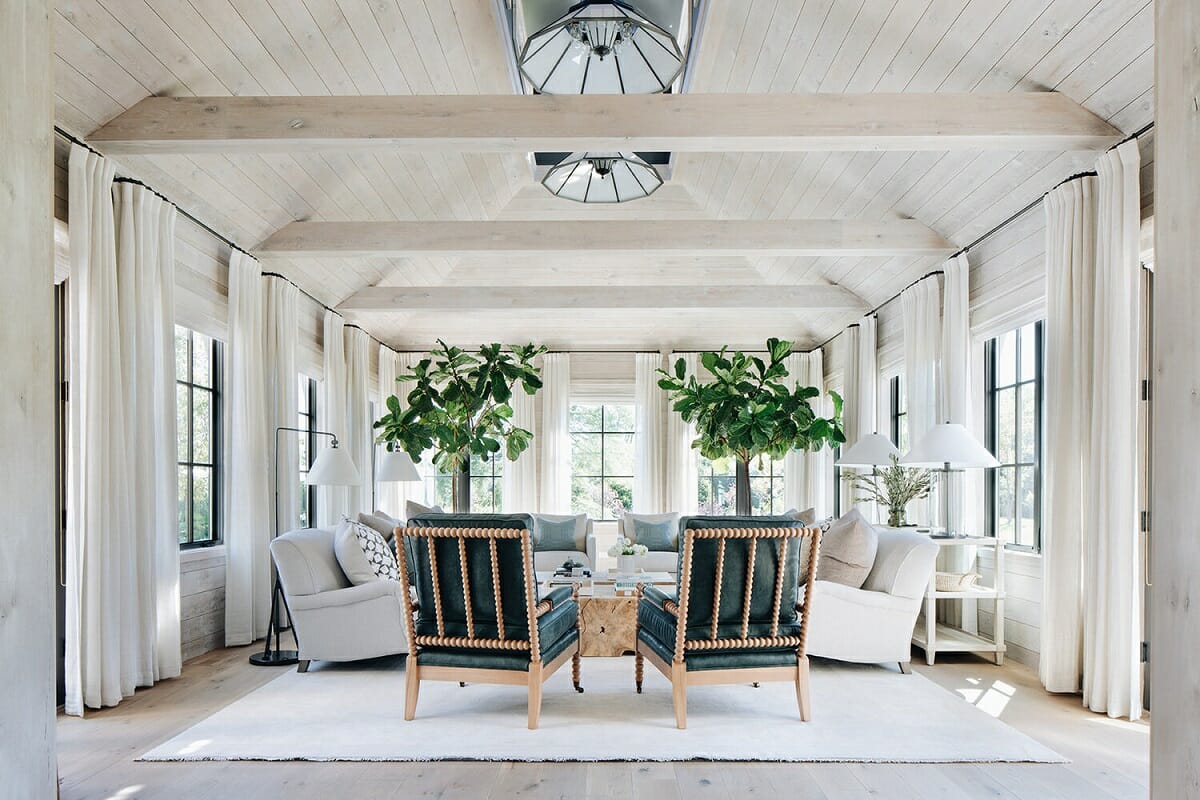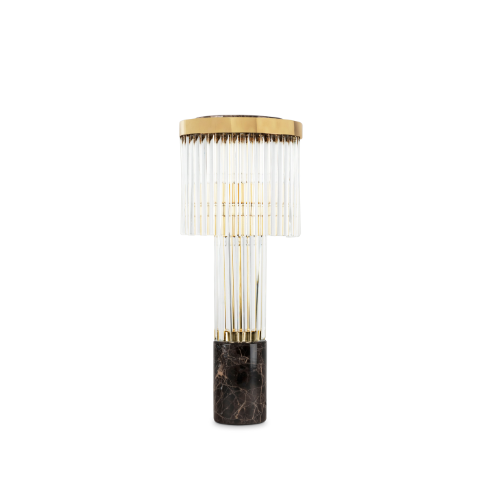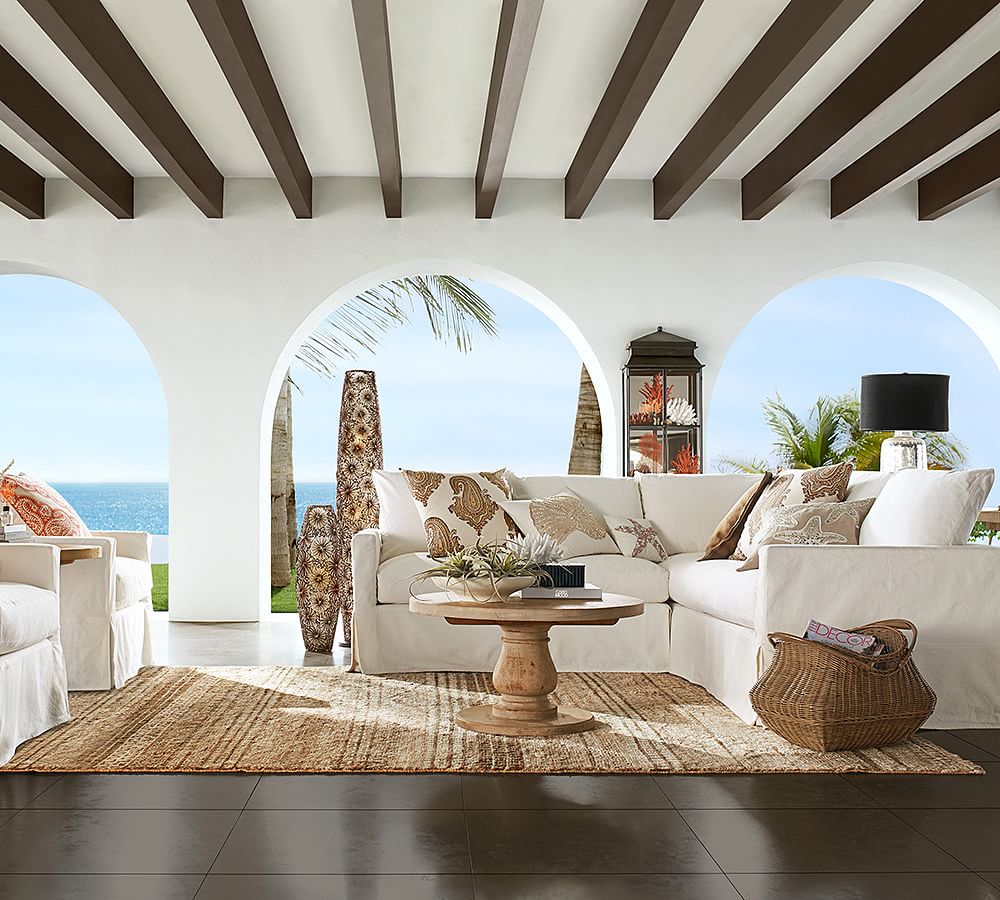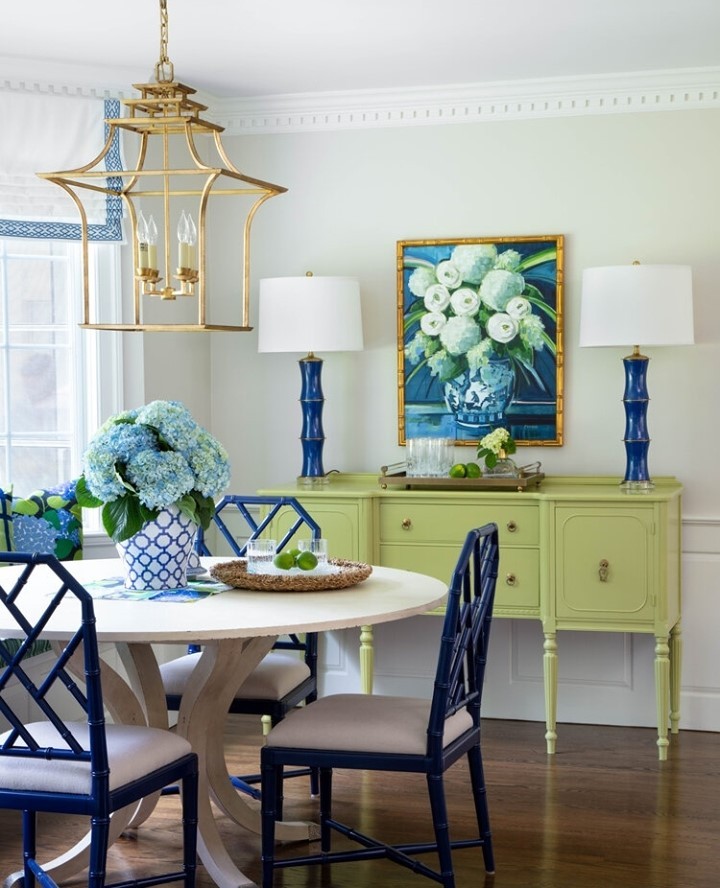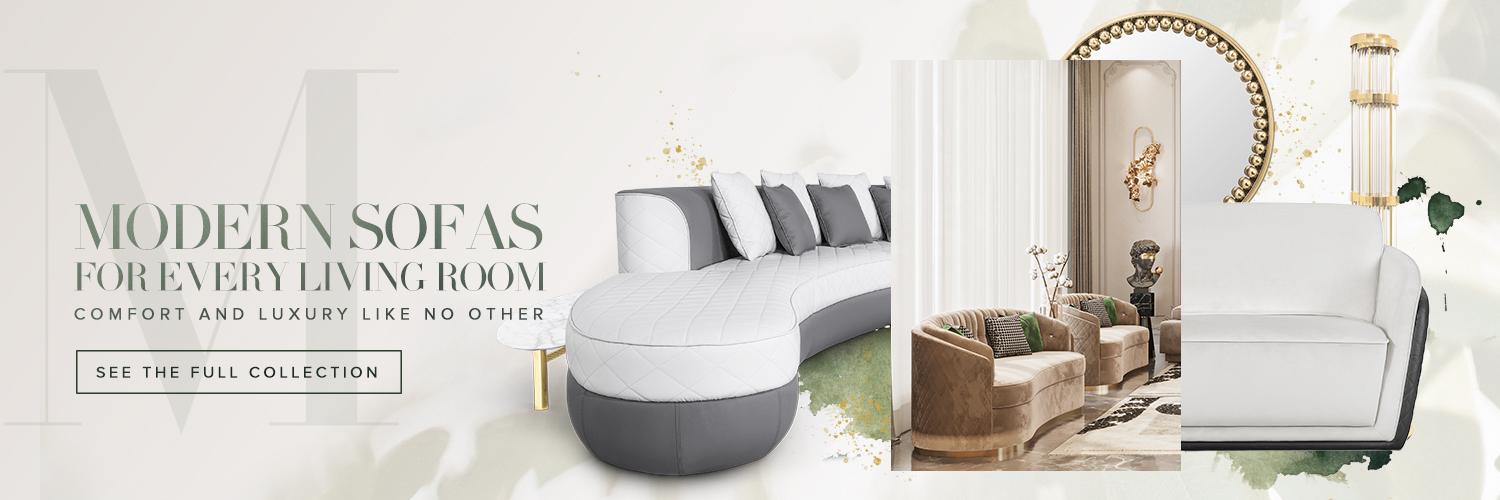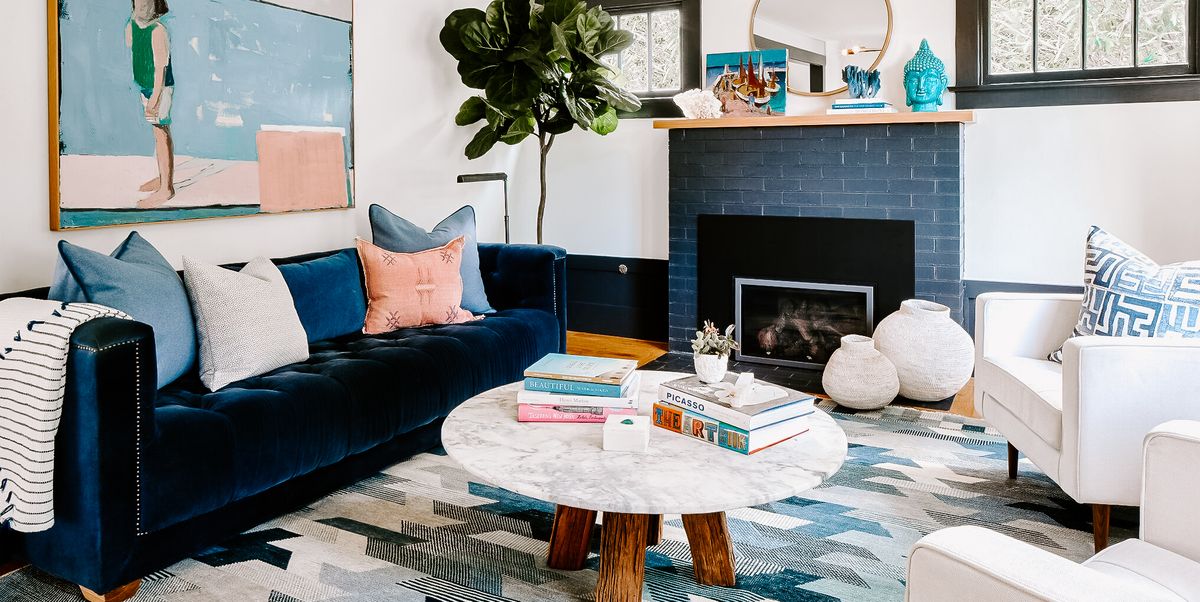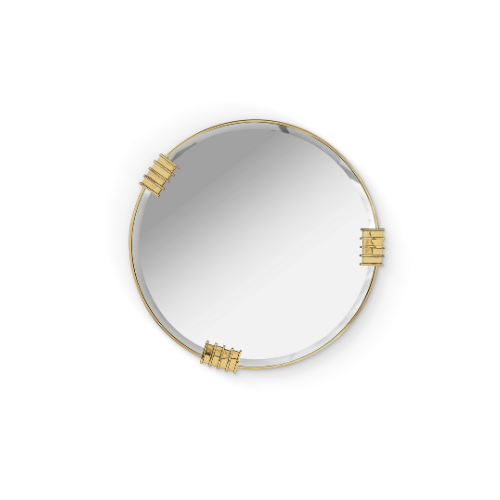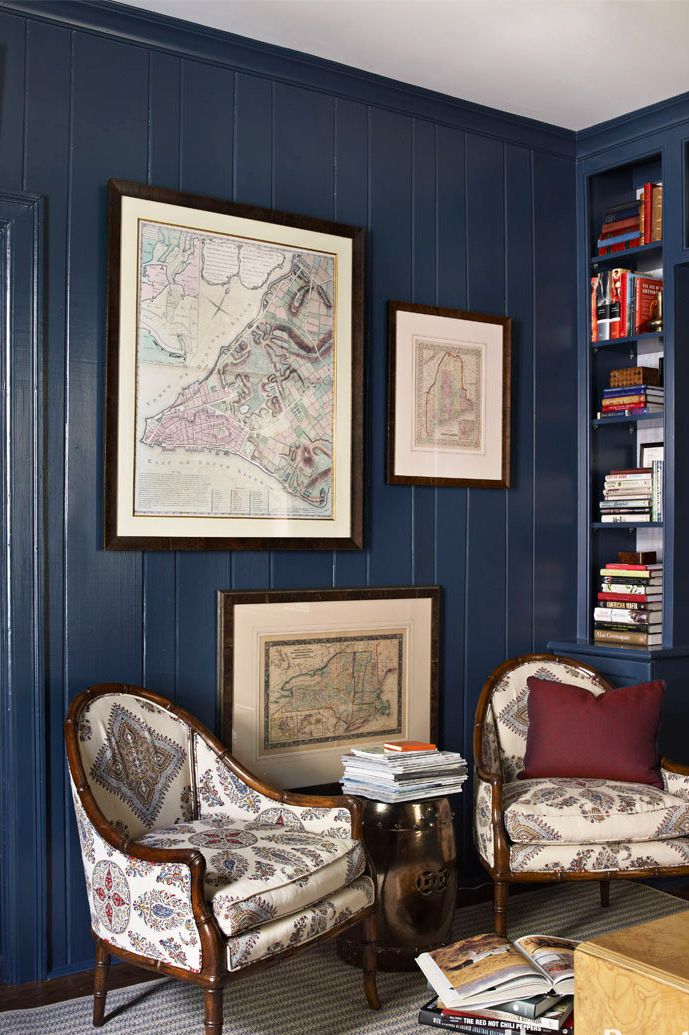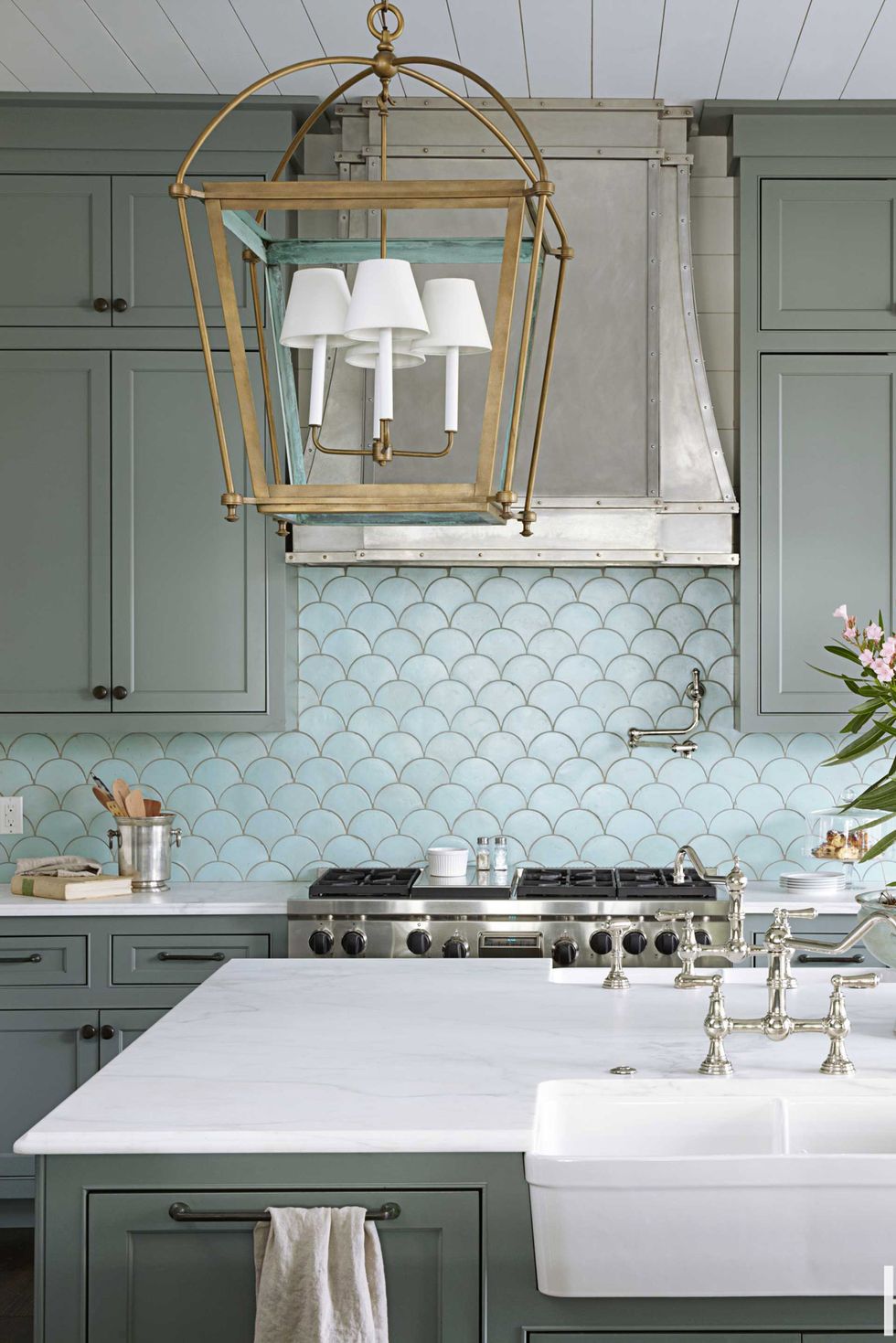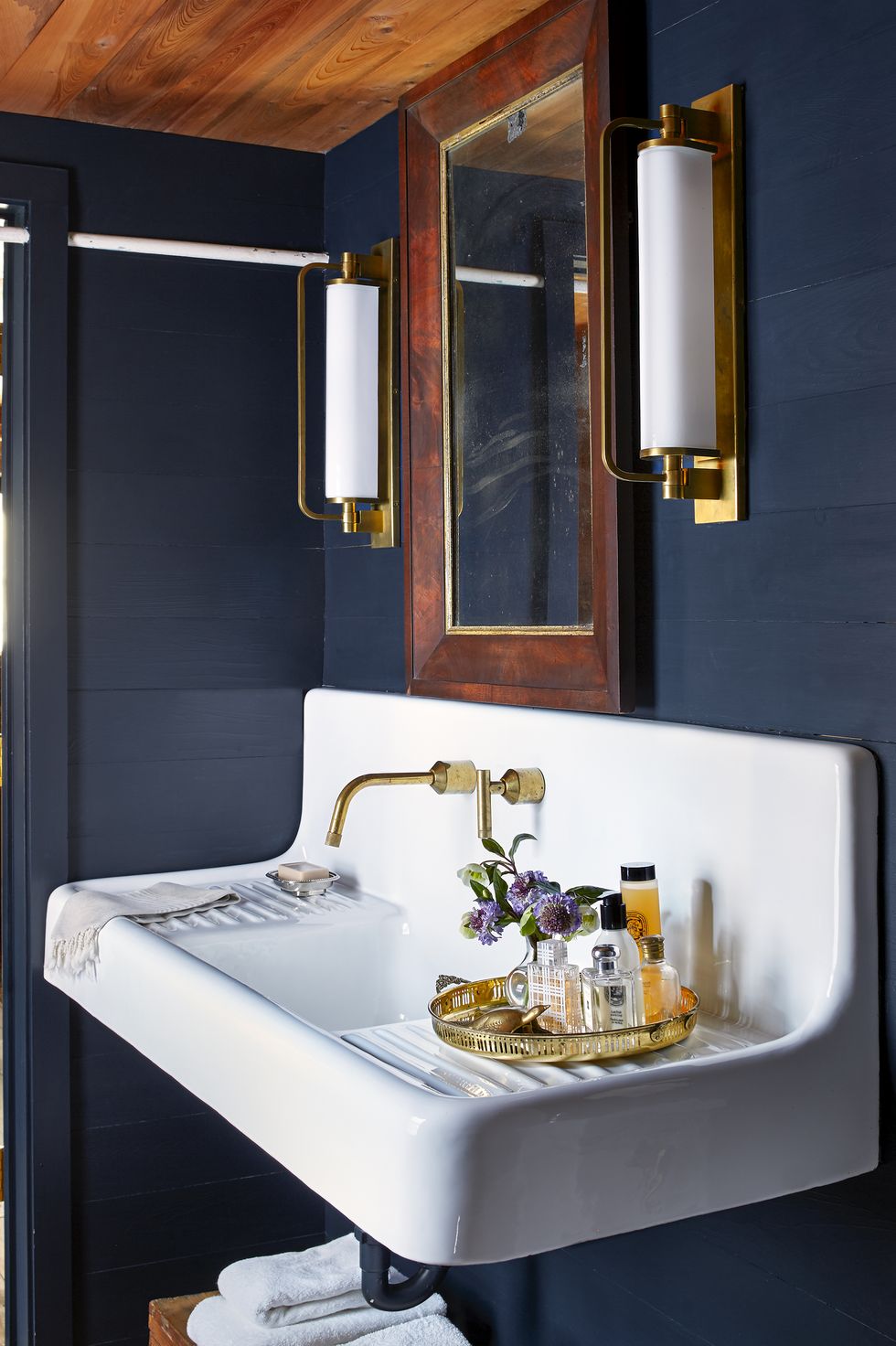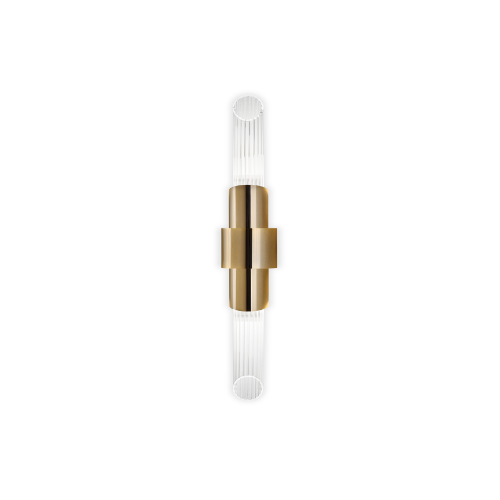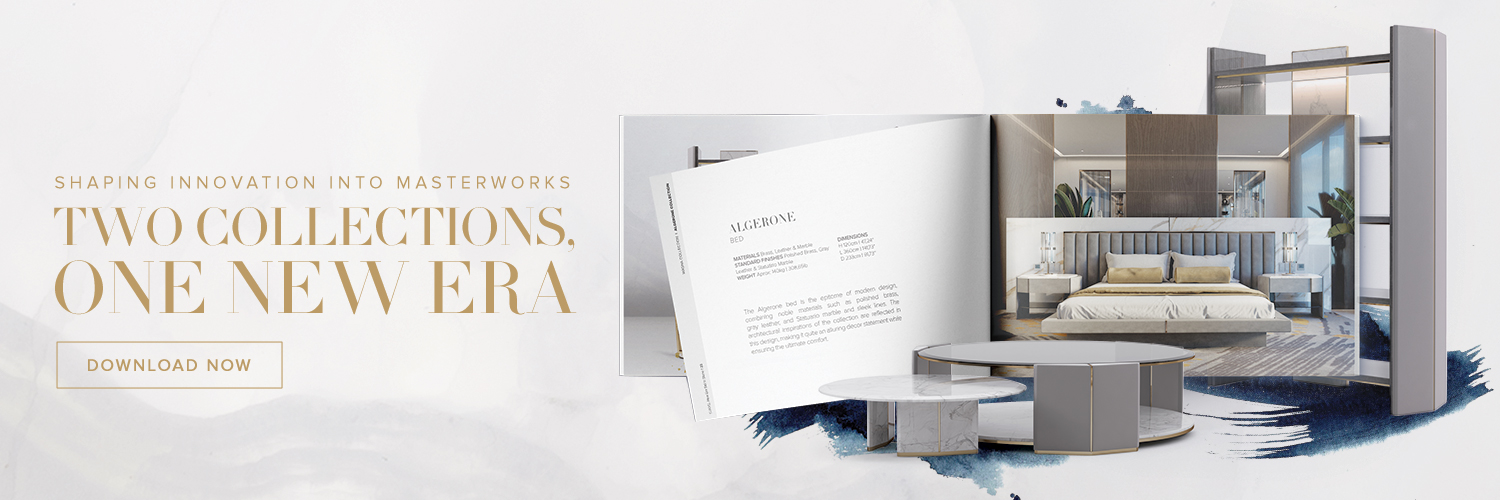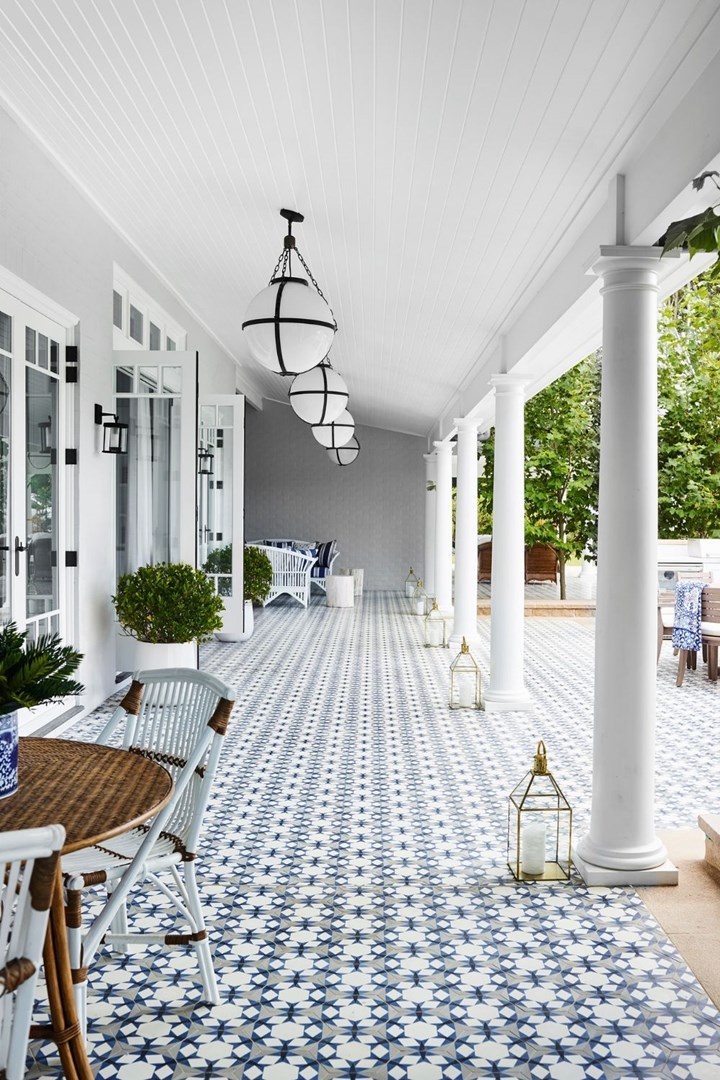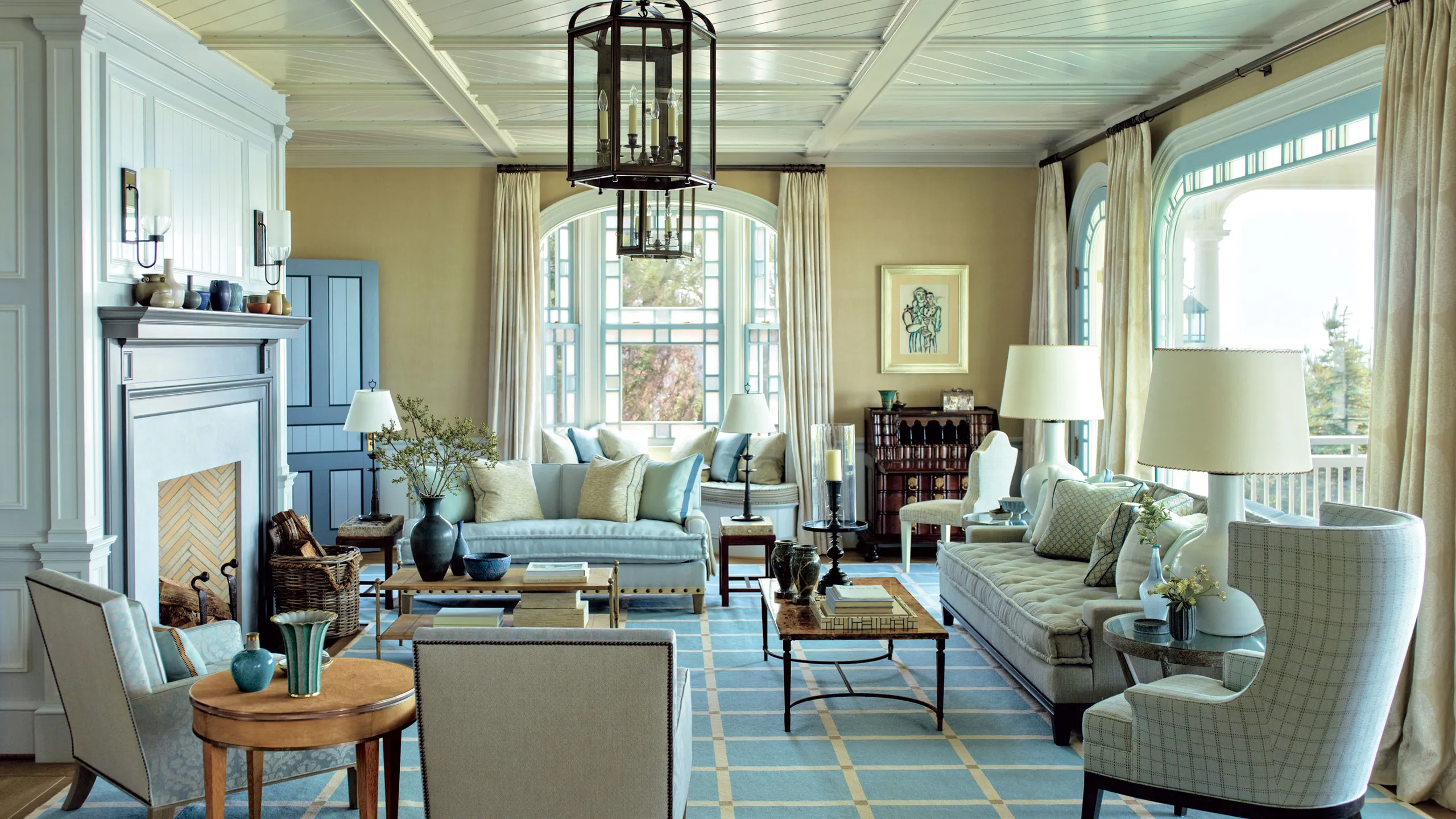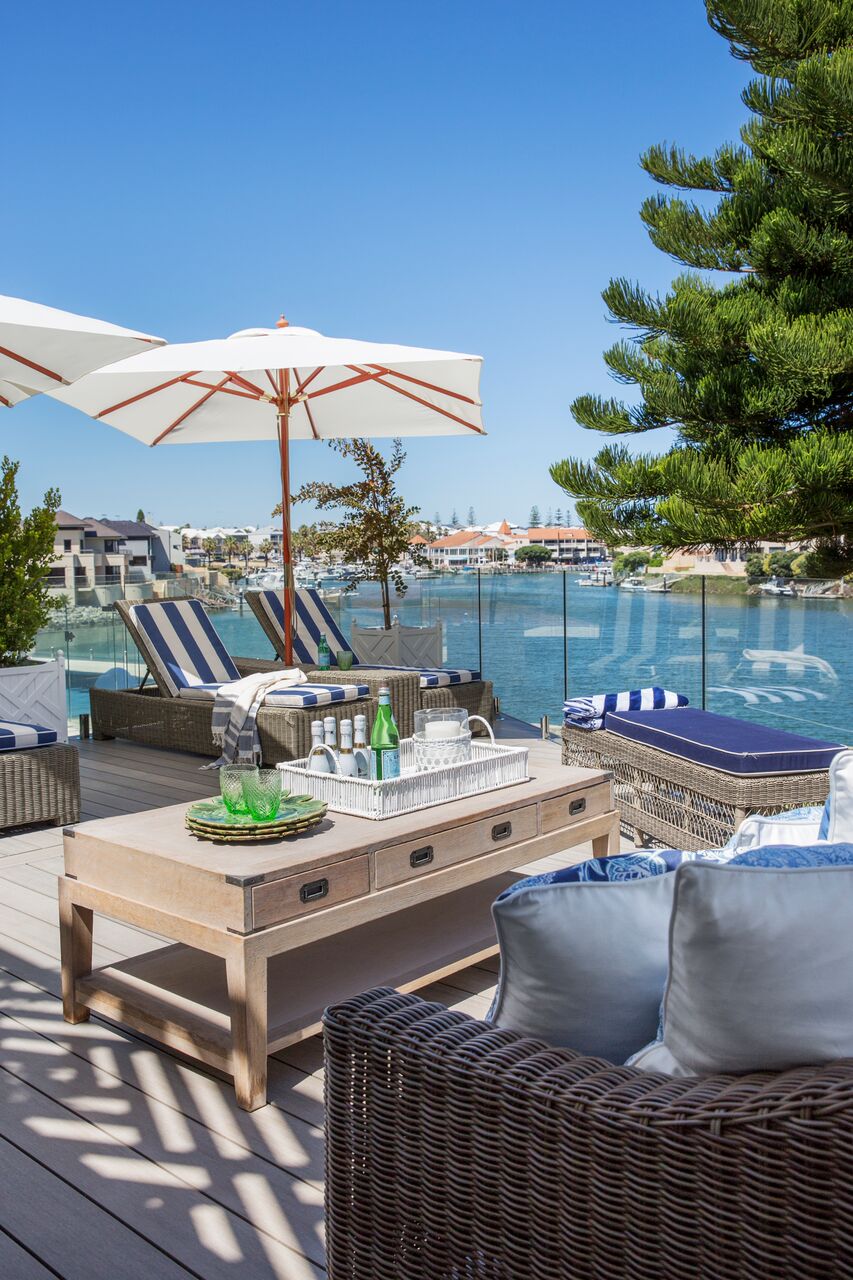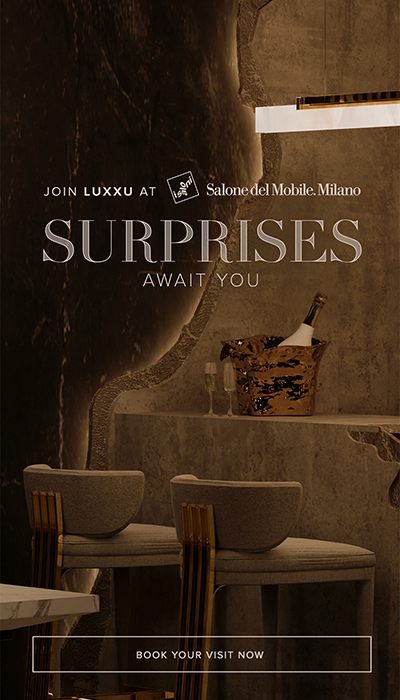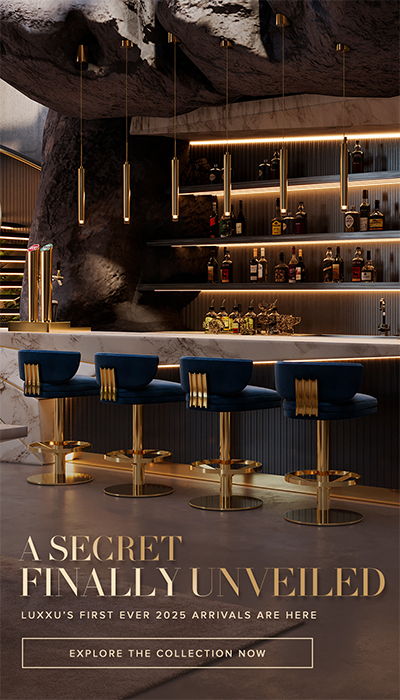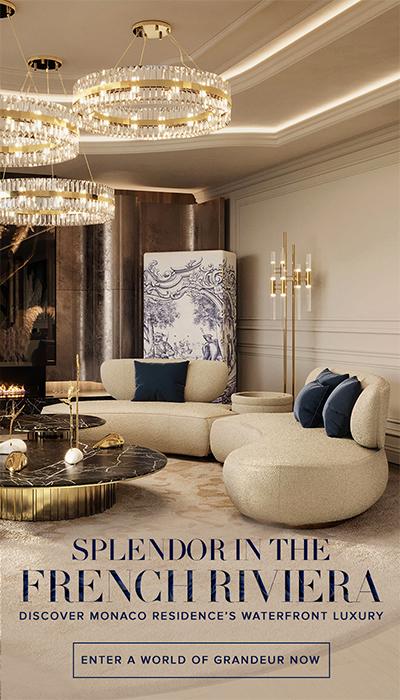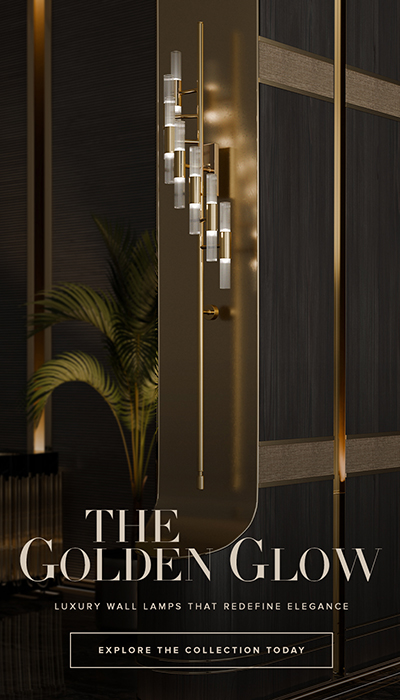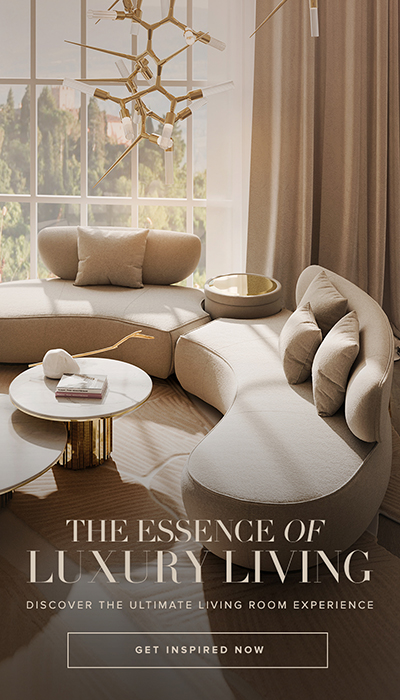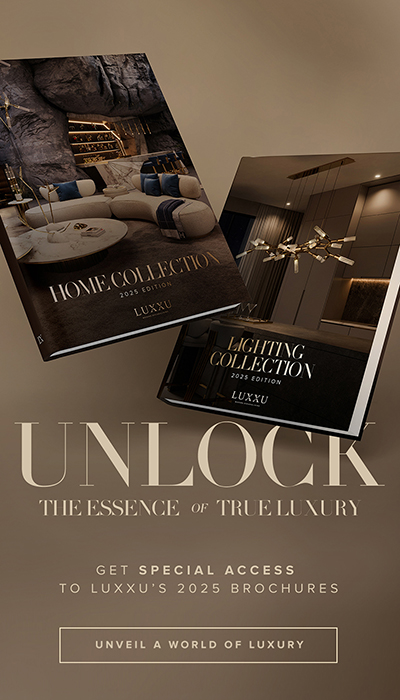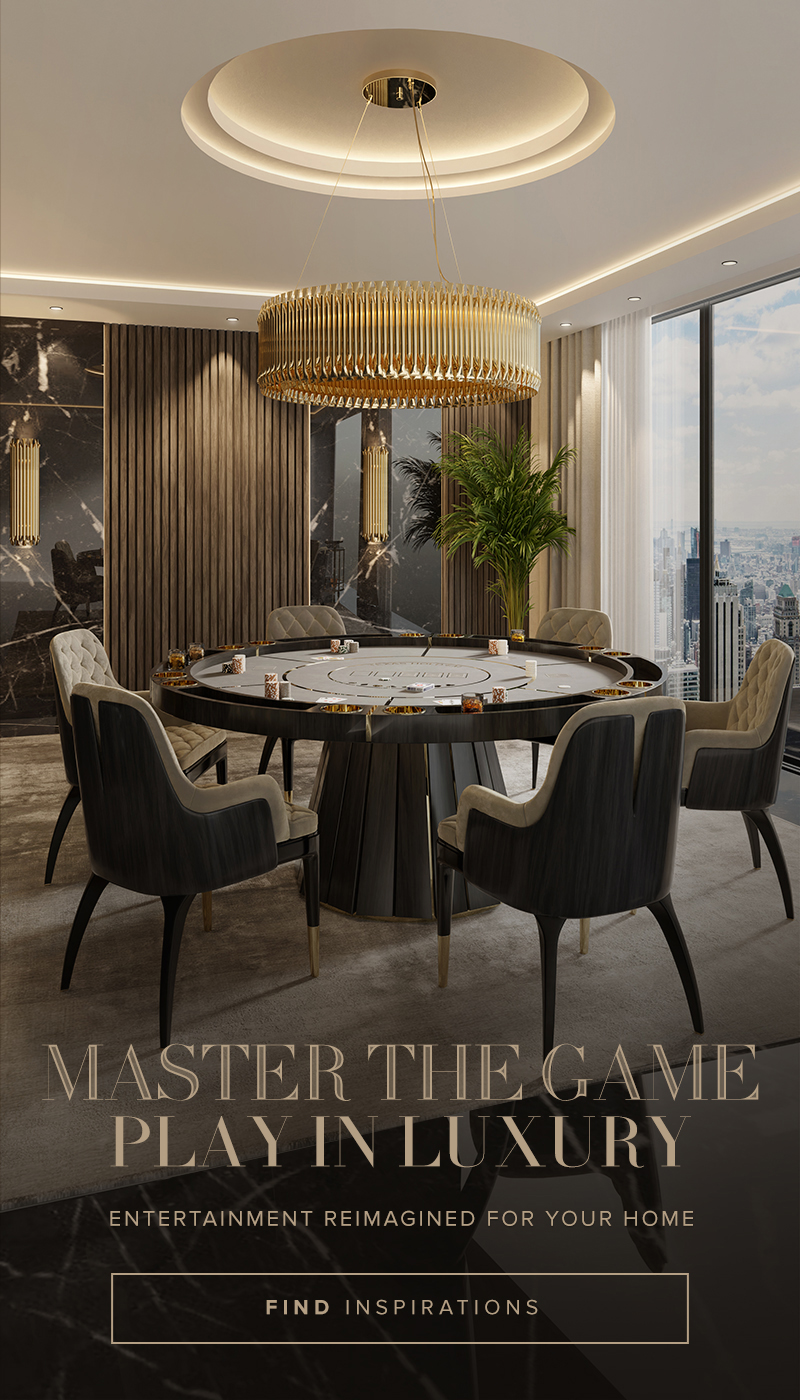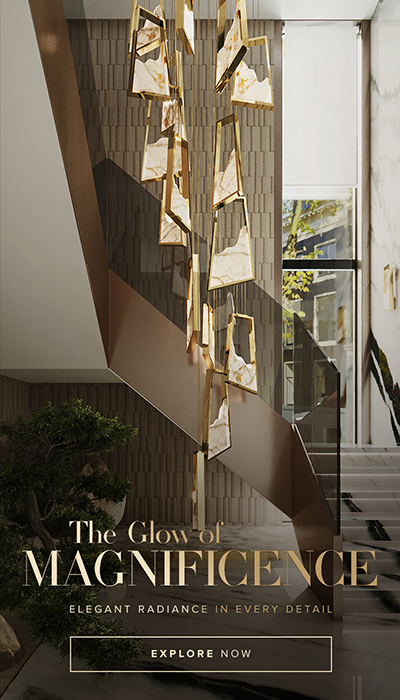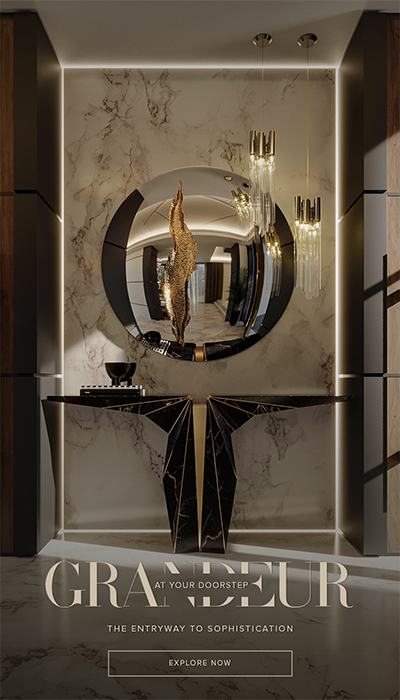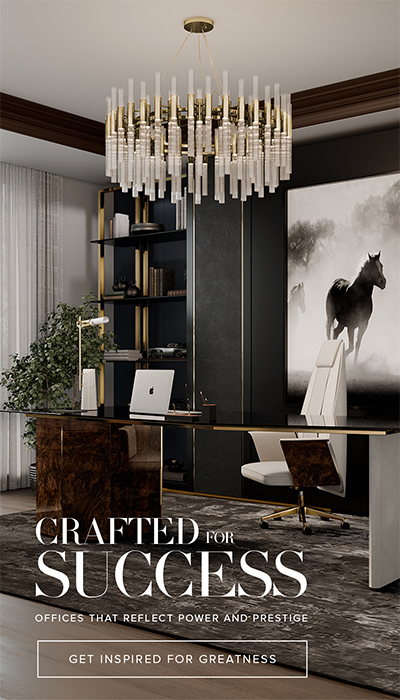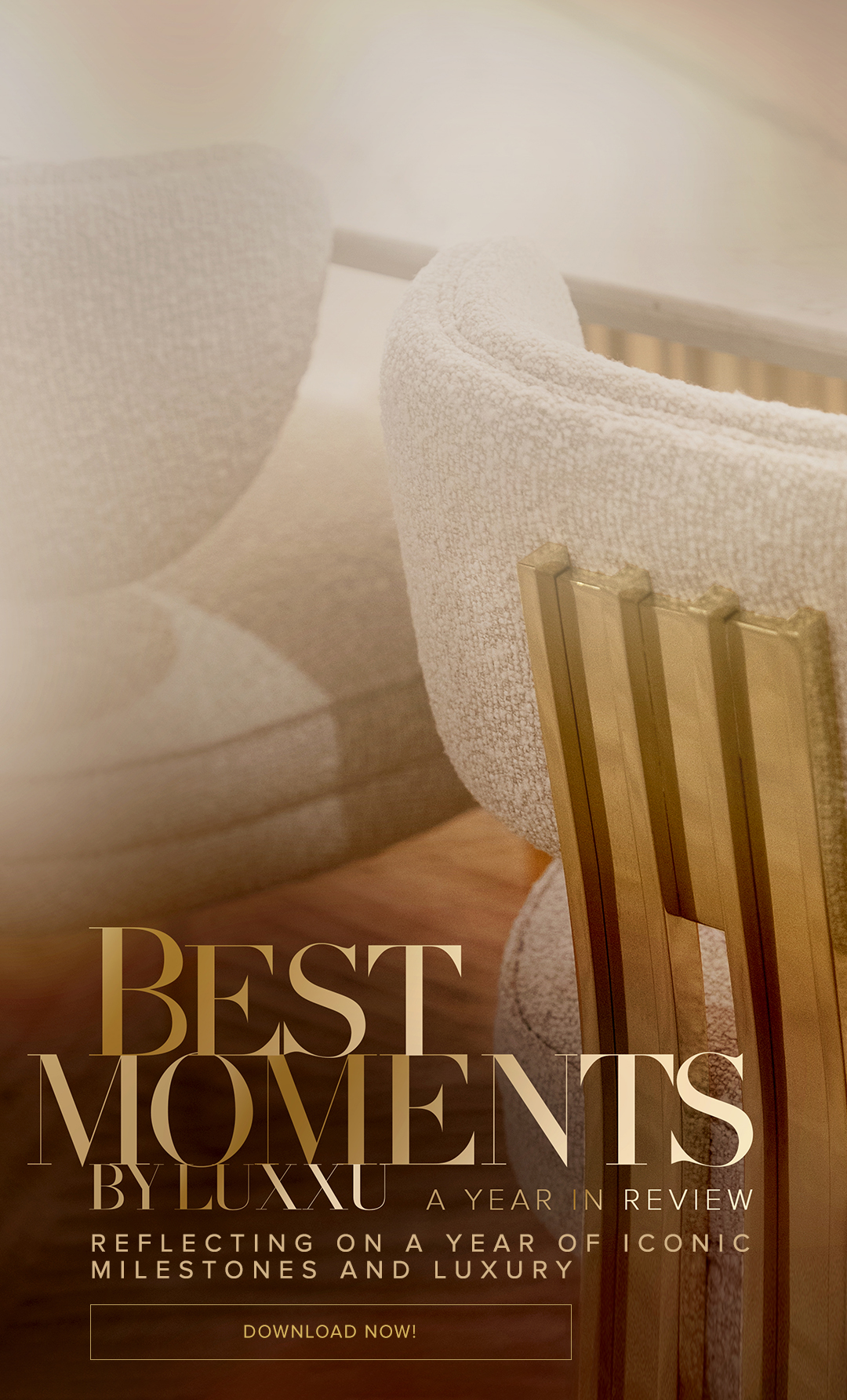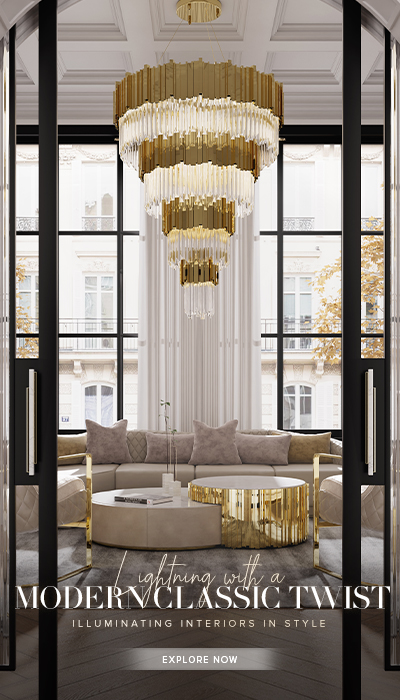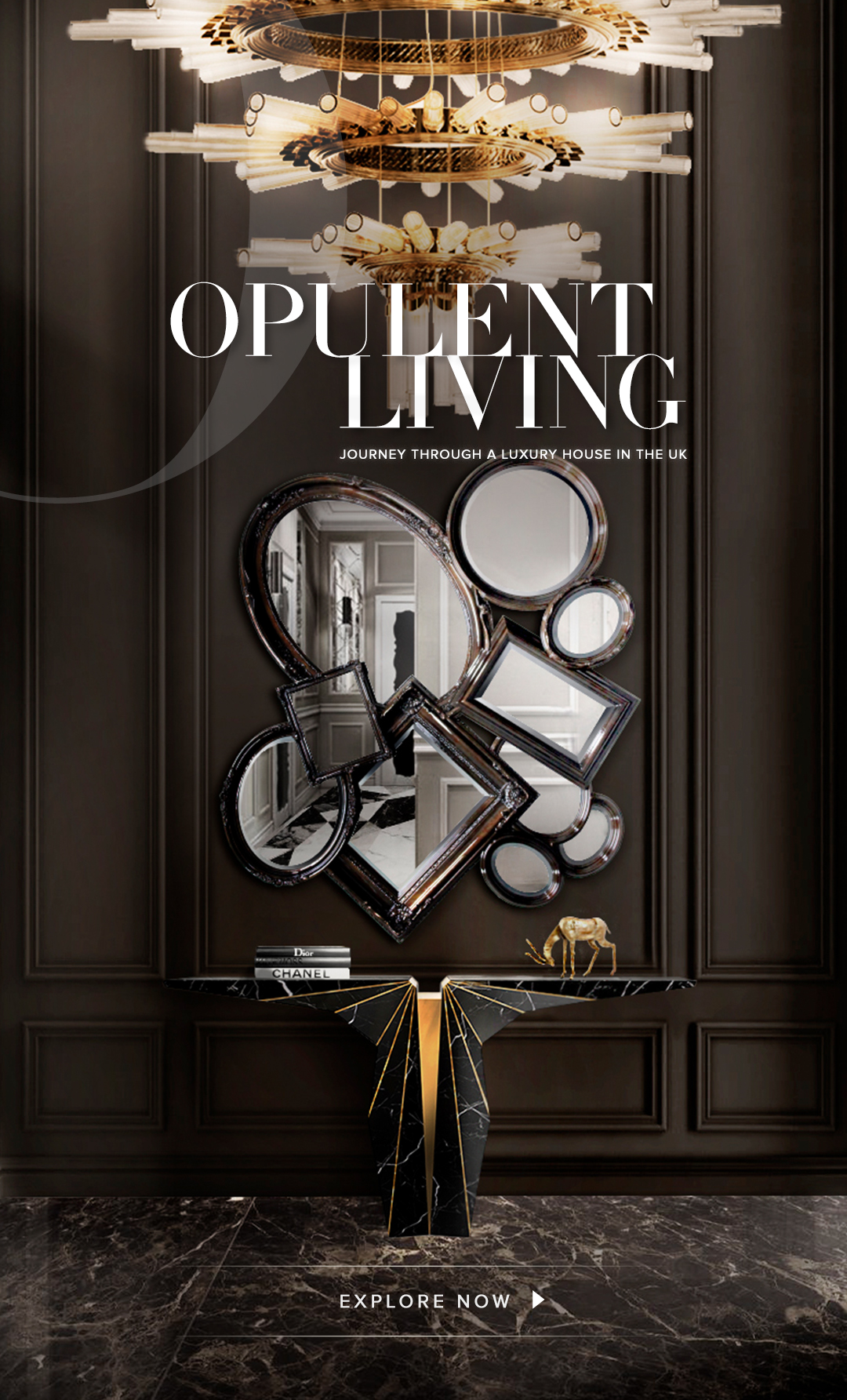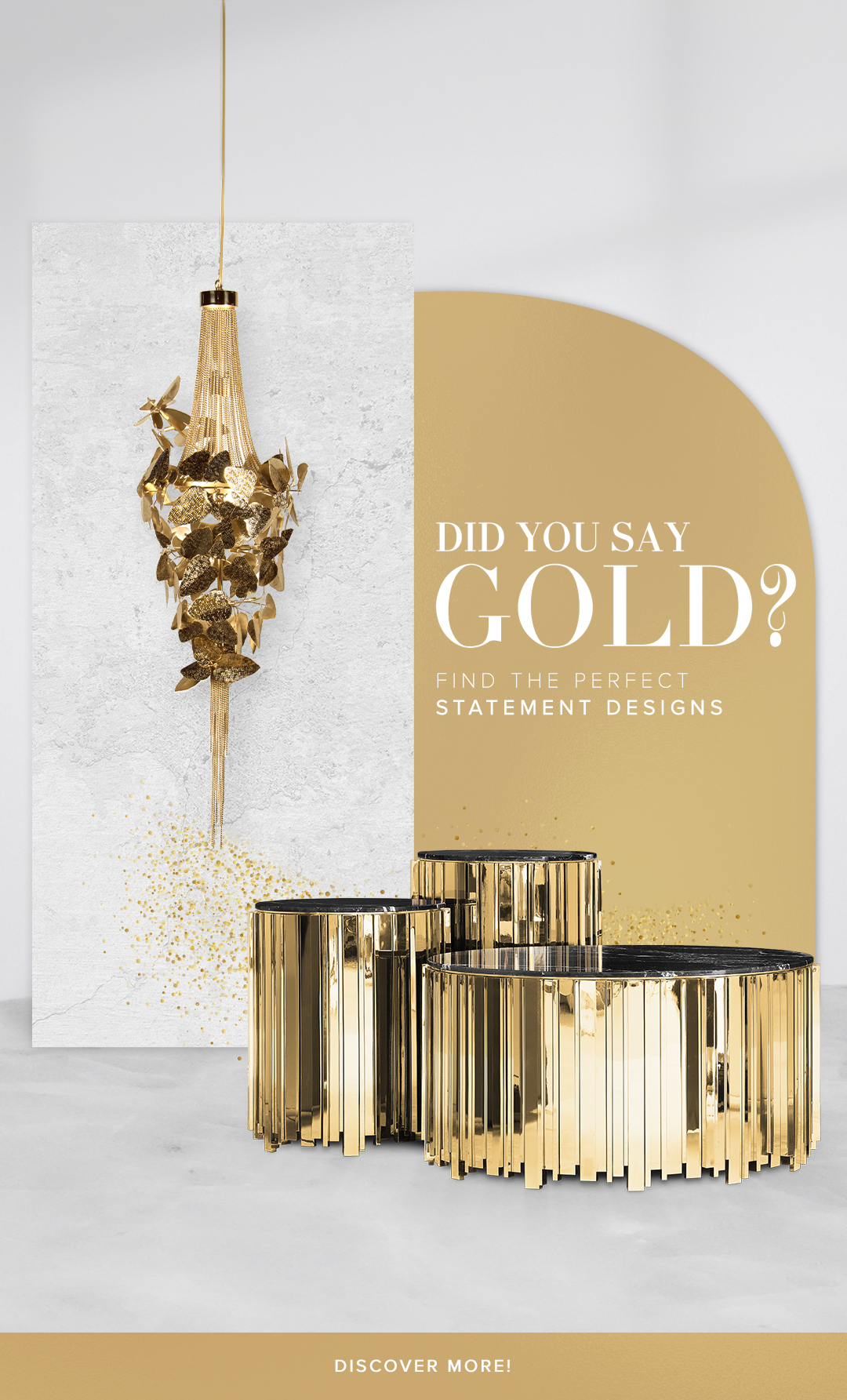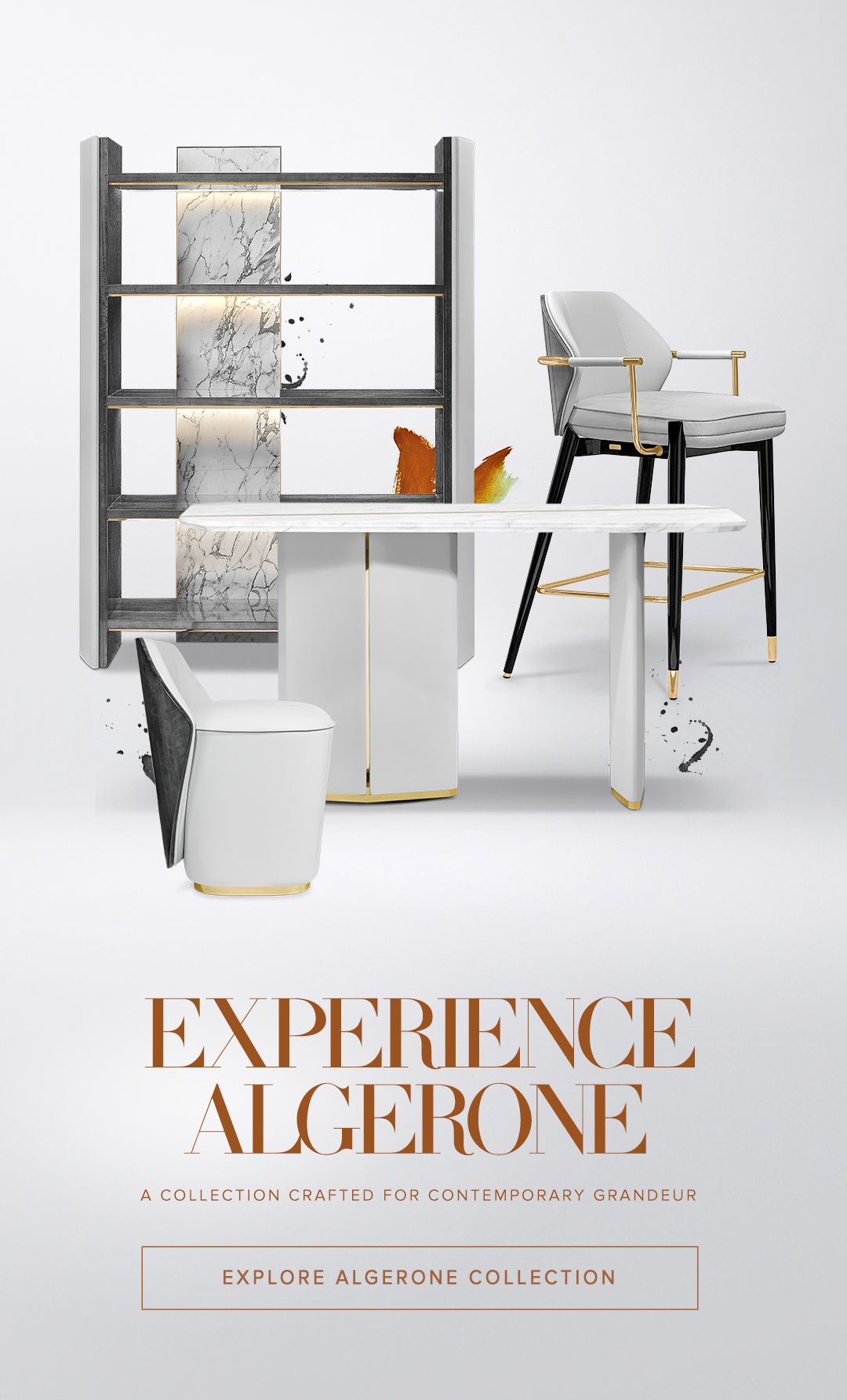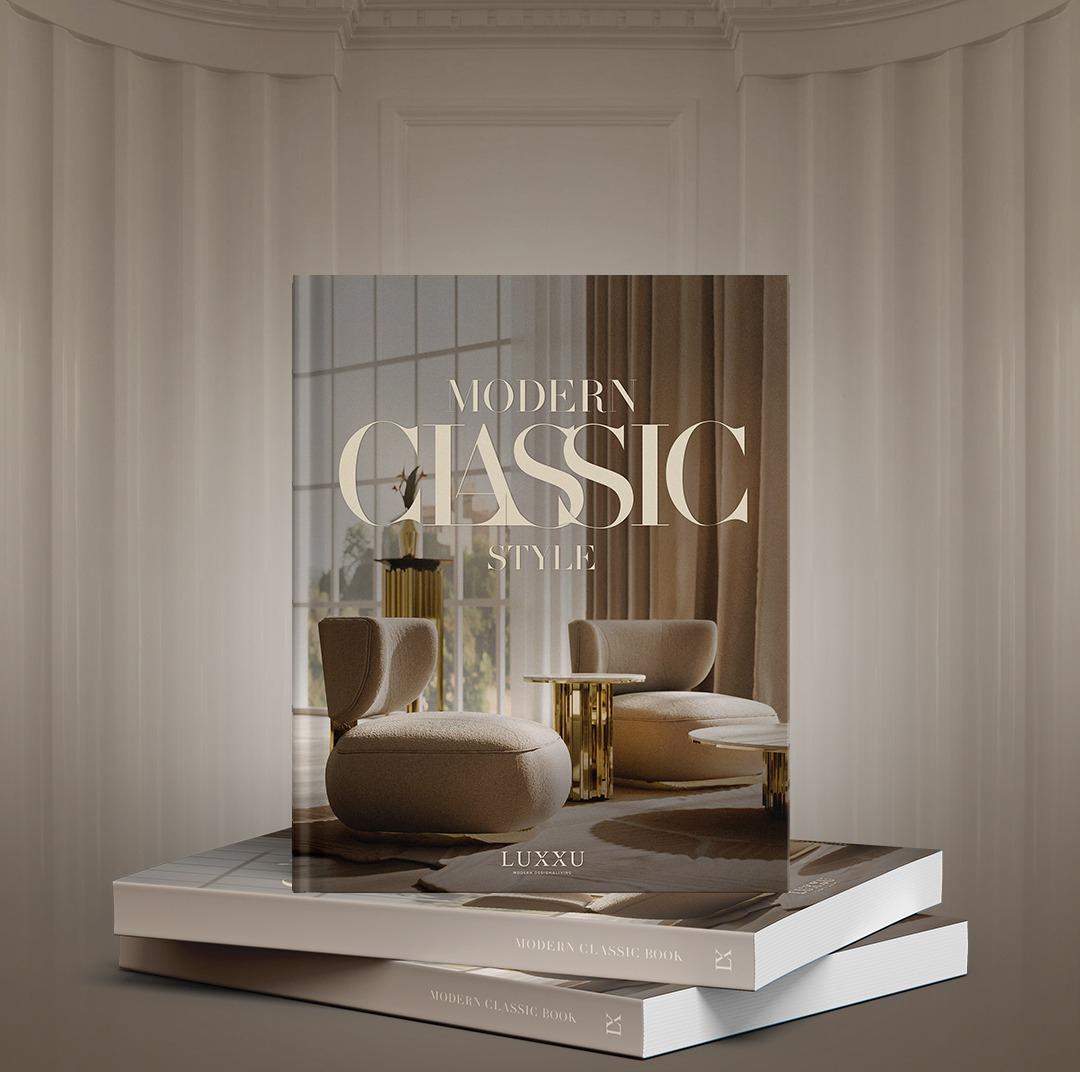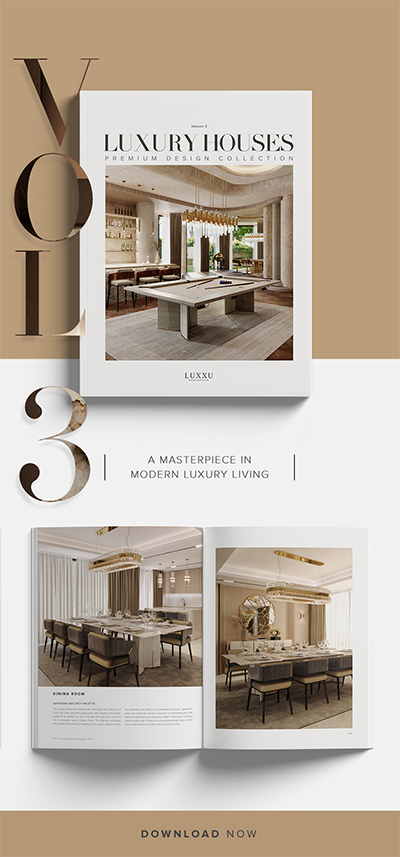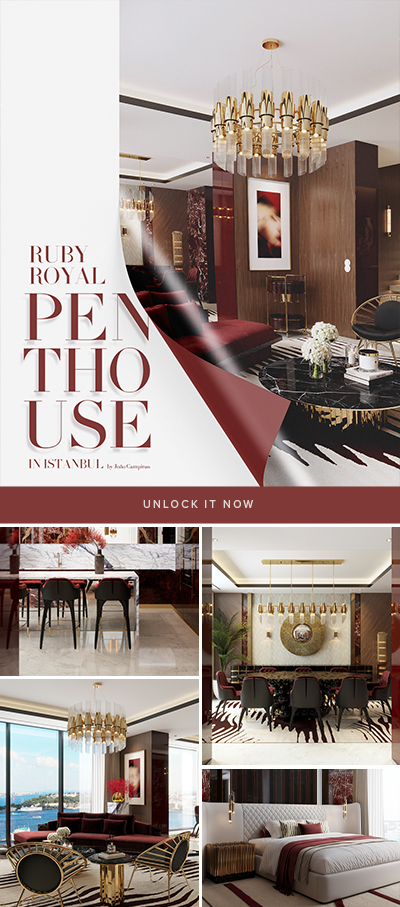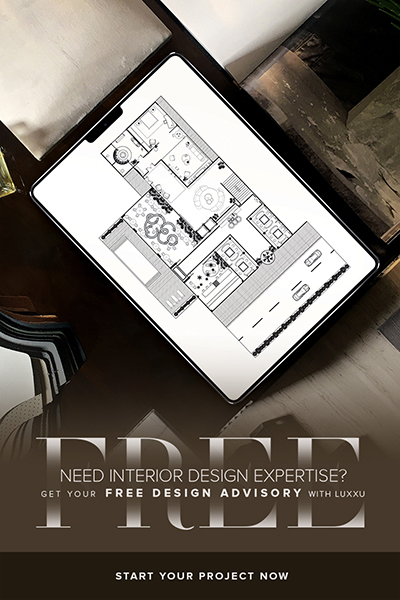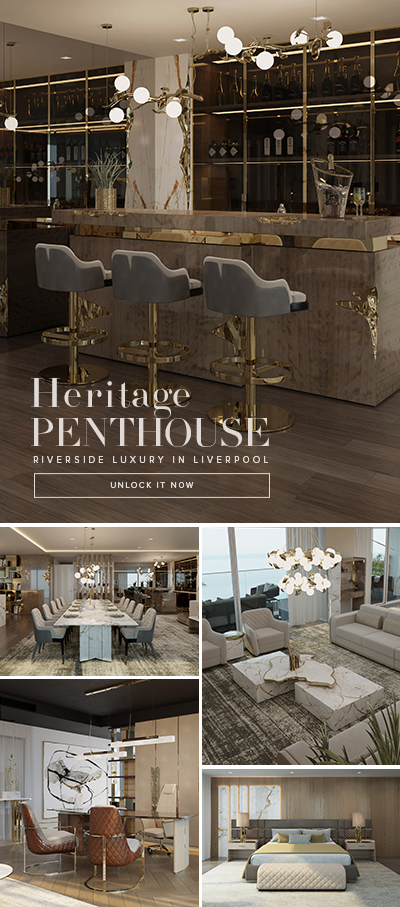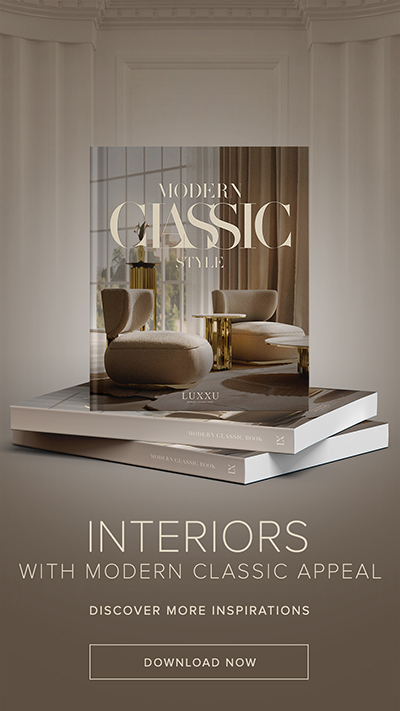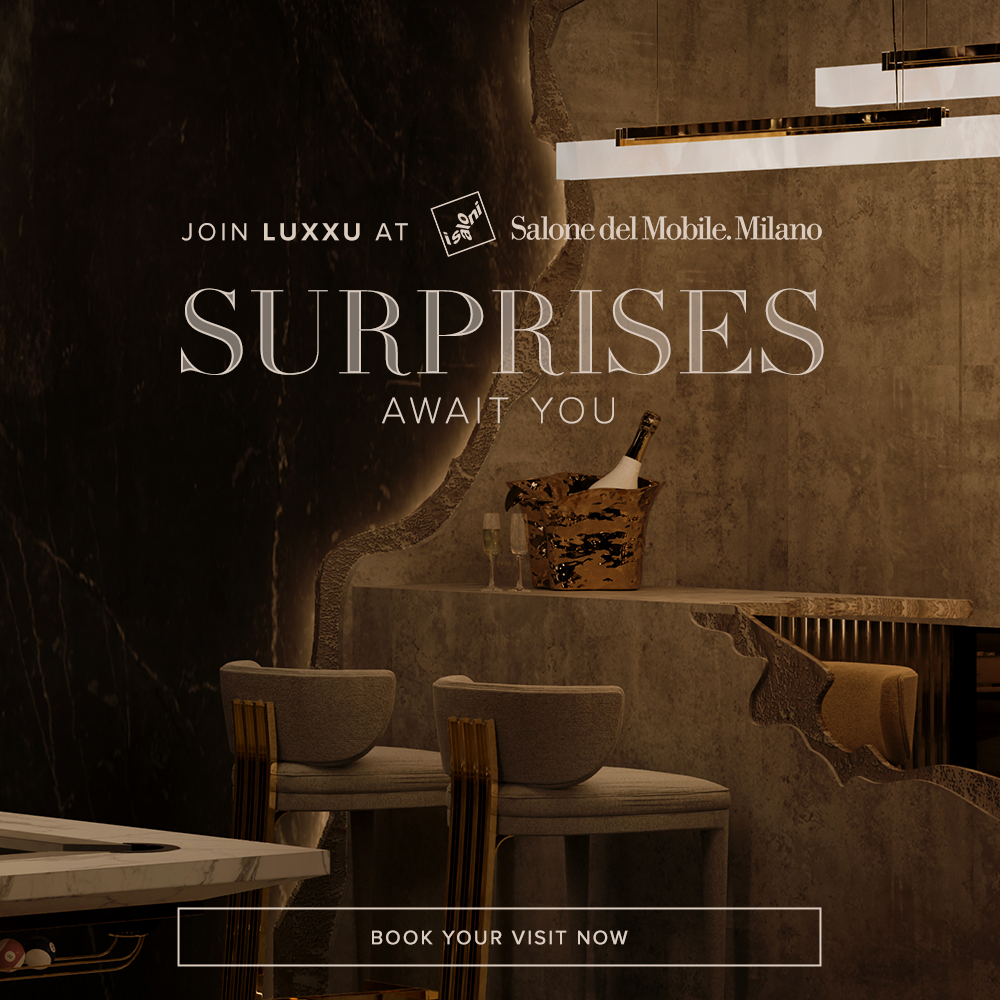Nestled along the pristine shores of the Persian Gulf, Mandarin Oriental Jumeira, Dubai unveils its breathtaking Royal Pe
Coastal Revival: A Trend That Never Goes Out Of Style
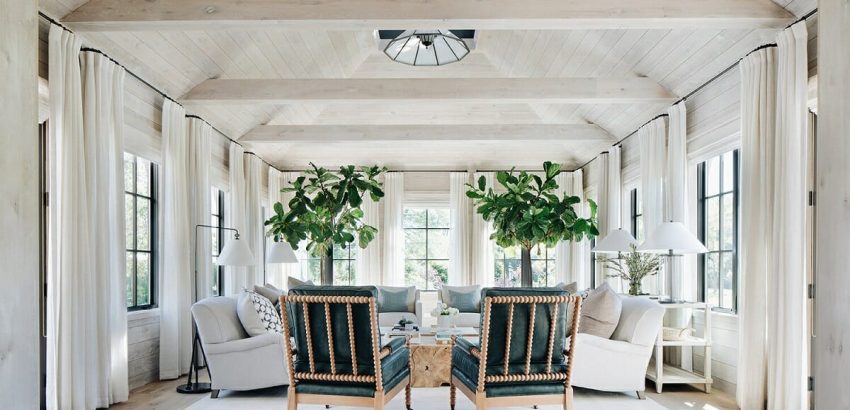
Coastal Revival: A Trend That Never Goes Out Of Style – The coastal design trend has been popular for many years and is still a favourite of both homeowners and interior designers. The calm of the beach and the beauty of the ocean are conjured up by coastal style’s light colour schemes, organic materials, and laid-back attitude. But why is this trend in design so resilient? Join LUXXU Blog while we dive deep into this trend that never goes out of style.
See also: Salone Del Mobile 2023: Relive The Best Moments With Us
Coastal Revival
A Trend That Never Goes Out Of Style
The sand, sea, and sky of the beach serve as the basis for the style movement known as coastal interior design. Any home can feel peaceful when there are waves breaking on the shore and it is quiet there. A luxurious and laid-back lifestyle is evoked by this design aesthetic, which is performed with purpose and powerful lines without appearing overly fanciful or vague. Soft colours and cosy materials are used in coastal home design to create a chic and modest ambience.
As its name suggests, coastal interior design draws influence from the coast to produce beautiful and peaceful living spaces. The colours and textures of the design are drawn from the warm-toned boat hulls, the soft dune grass, and the pristine natural beauty of the coastal area. By utilizing earth tones and natural textures, you can successfully incorporate the outdoors into your interior design. A properly executed coastal interior design evokes feelings of peace and harmony with the surrounding environment.
Discover Ready-To-Ship Items For Your Coastal Interiors
Bringing the beauty of the coast into your house is the main goal of coastal interior design. The deep blue hues of the ocean, the honey-colored boat hulls, and the textured appearance of dune grass serve as the design’s primary sources of inspiration. Natural materials and textures, such as wood, linen, jute, and rattan, are frequently utilized to create this look.
In coastal decor, royal or naval blues are typically combined with bright whites. To achieve a realistic impression, natural elements such as wood beams, washed linens, cashmere, alpaca, and plaster walls must be used. The core of this style, encapsulating the essence and defining the laid-back atmosphere, is large-scale windows that open up onto the exterior landscape and permit indoor-outdoor life.
See also: LUXXU Stocklist
Coastal VS Beachy
It’s vital to keep in mind that coastal and beachy designs have different aesthetics and atmospheres even if they both derive their inspiration from natural seaside components. For instance, a tropical beach in Florida with a turquoise sea has a very different sight and feel from the rocky coastline of a New England beach. Similar to coastal designs, beachy designs bring the beach indoors by using natural textures and neutral colours, but they differ in certain ways.
The Ideal Items For Your Coastal Styled Home Are Ready To Be Delivered
Darker components and details reminiscent of a captain’s quarters, as well as a colour scheme that represents the deep, rich tones of coastal seas and the ruggedness of the shoreline, are characteristics of coastal architecture. This is accomplished by layering dark wood tones and including antique or patinated objects.
Beachy interiors, on the other hand, are cozier, lighter, and less exact. Through the use of airy linens, light wood tones, and a subdued colour scheme that naturally conveys emotions of relaxation, beachy design aims to create a tranquil aesthetic. While coastal homes tend to lean more towards nautical themes and darker tones, beach houses frequently have natural oak tones, comfortable linen linens, and hints of Aegean blue.
Each home’s ambiance is distinctively created by these diverse design components. While a beachy vibe is more relaxed and carefree, the coastal design emphasizes a more refined, classic look. Clean lines and rigid shapes predominate in seaside interiors while a more laid-back, easygoing atmosphere is embraced in beachfront homes. Although they both strive to create a comfortable living space, the two styles present various perspectives on the idea.
Bring A Touch Of Coastal To Your House With Our Ready To Ship Pieces
See also: Algerone Collection: Meet The New Members Of The Family
The Origins
Interiors with a coastal theme have a long history and are not a recent design trend. In fact, the history of coastal design begins with how people in regions like the Hamptons decorated their affluent waterfront or seaside homes. Coastal design today is a way for people to show their individuality and incorporate the natural beauty of their surroundings into their homes in a variety of ways.
The contemporary interpretation of coastal design has been influenced by the use of large windows that provide a seamless connection between indoor and outdoor spaces. This architectural approach has redefined the way coastal interiors are designed, where the landscape becomes an integral part of the overall aesthetic. The use of sophisticated materials that blend effortlessly with the surrounding view, combined with well-considered architectural details that enhance the relaxed atmosphere, are all essential components of this modern tradition.
Coastal Interior Design Essentials
To achieve a calm and organic appearance, several materials are combined to create coastal interiors. Soft fabrics like washed linen, cashmere, wool, and alpaca are included into the colour palette, which frequently uses worn or faded neutral tones. Large windows that let in natural light and frame the landscape are common design elements in coastal interiors, as are white walls, a colour scheme that is inspired by rocky beaches and uses tones of blue, white, cream, green and grey, clean lines, natural wood elements incorporated throughout the building materials and matte painted surfaces or plaster finishes. Additionally, traditional design components like sisal rugs, slip-covered furniture, linen, and ticking stripe patterns are frequently used, along with woven and natural textures like rattan and jute.
See also:
See also: LUXXU Lighting Master Catalogue
